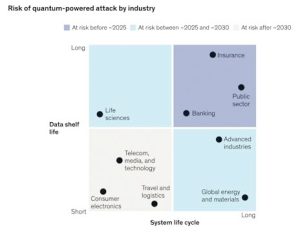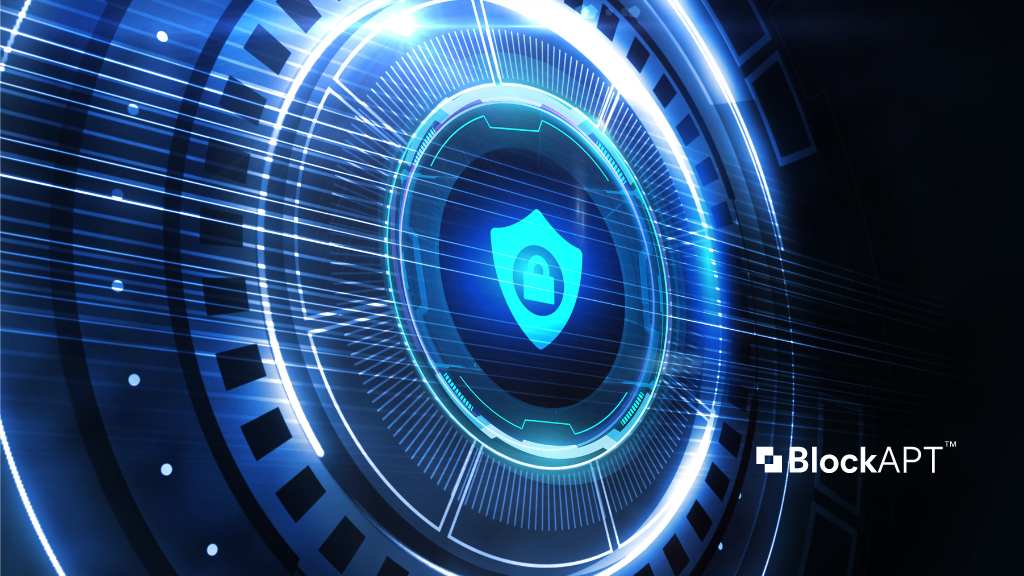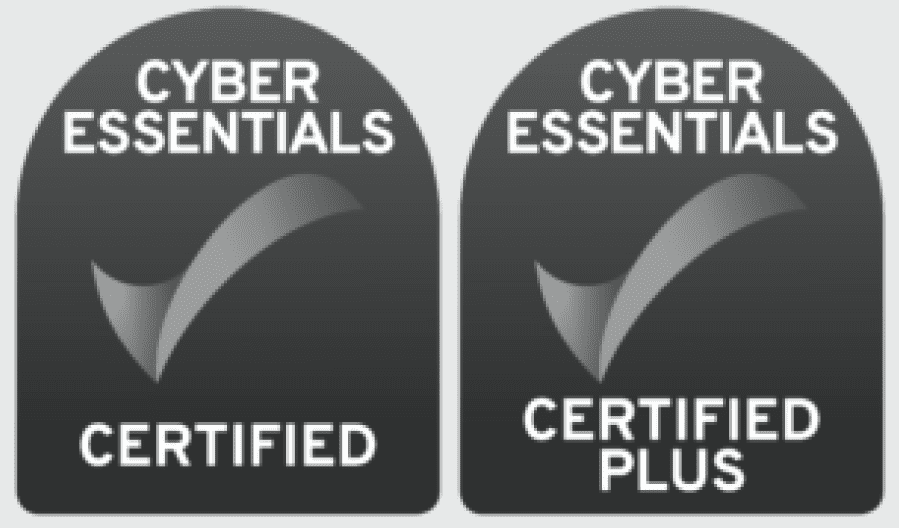As we continue to advance in the digital age, our dependence on technology and the need for secure communication has become more vital than ever. While cryptography has been a cornerstone of digital security for decades, the advent of quantum computing presents new challenges to the security of our digital infrastructure. Post-Quantum Cryptography (PQC) is a promising new field that seeks to address these challenges and protect against the threat of quantum computing attacks.
Quantum computing is a revolutionary technology that has the potential to solve complex problems that are beyond the capabilities of classical computers. However, this same power also poses a threat to traditional cryptographic systems. Quantum computers can perform certain calculations that would take classical computers millions of years to complete, including breaking many of the commonly used cryptographic algorithms, such as RSA and ECC.

Post-quantum cryptography aims to develop cryptographic algorithms that can withstand quantum computing attacks. These algorithms rely on mathematical problems that are believed to be hard for both classical and quantum computers to solve. The goal is to create a new generation of cryptographic systems that are resistant to quantum attacks while maintaining the same level of security and usability as current systems.
The development of post-quantum cryptography is crucial for securing our digital infrastructure against the threat of quantum attacks. While it is still in the early stages of development, it is important for organisations to begin planning for the transition to post-quantum cryptography. This will involve assessing the potential impact on existing systems and developing strategies for migrating to post-quantum cryptography.
However, post-quantum cryptography faces several challenges, including algorithmic efficiency, usability, and compatibility with current and legacy systems.
One of the key challenges in the transition to post-quantum cryptography is ensuring that the new algorithms are compatible with existing systems and standards. This will require a collaborative effort between industry, academia, and government to ensure a smooth, secure transition with minimal disruption. It will also require significant investment in research and development to ensure that post-quantum cryptography can interoperate with existing systems and standards to deliver the same level of security as well as usability as current systems.
Ensuring algorithmic efficiency is also somewhat of a challenge. Many post-quantum cryptographic algorithms are currently slower and less efficient than existing classical cryptographic algorithms, which could be a barrier to adoption. Research is ongoing to improve the efficiency of these algorithms and to develop new ones that strike a better balance between security and efficiency. The National Institute of Standards and Technology (NIST) is yet to announce its recommendations on preferred algorithms. This is expected in 2024/2025.

Another challenge in the transition to post-quantum cryptography is usability. Ensuring that users have the necessary knowledge and tools to use the new algorithms effectively will be key. This will require extensive education and training programs for both developers and end-users to ensure that they understand the new cryptographic systems, how to use them securely and make it secure and accessible to a broad range of users.
Despite these challenges, there are promising solutions and predictions for the future of post-quantum cryptography. One solution is to develop hybrid cryptographic systems that combine both classical and post-quantum cryptographic algorithms. This would allow for a gradual transition to post-quantum cryptography while still maintaining compatibility with existing systems and standards.
Another solution is to develop new quantum-resistant cryptographic systems that are more efficient and easier to use than current post-quantum cryptographic algorithms. This would make it easier for users to adopt and use these new cryptographic systems, thereby accelerating their adoption.

As for predictions, it is likely that post-quantum cryptography will become increasingly important as quantum computing technology advances. The development of quantum computers poses a serious threat to our existing cryptographic systems, and it is essential that we develop new quantum-resistant cryptographic systems to protect against this threat.
In the coming years, we can expect to see continued research and development in the field of post-quantum cryptography to protect our digital infrastructure against the threat of quantum attacks. As the development of post-quantum cryptography continues, it is important for organisations to begin planning for the transition to these new cryptographic systems. This will involve assessing the potential impact on existing systems, developing strategies for migration, and investing in education and training programs for both developers and end-users. By taking proactive steps now, we can ensure a secure and resilient digital future for generations to come.








